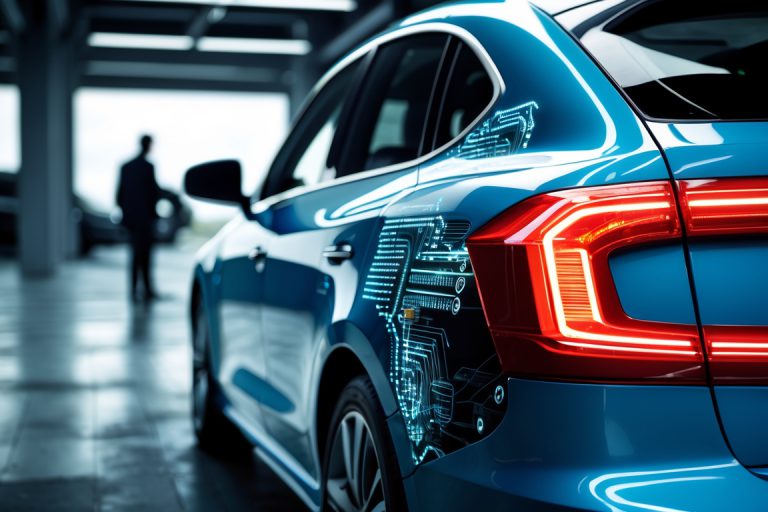In a world dominated by technology and constant connectivity, it’s easy to feel overwhelmed. However, a simple practice rooted in nature is gaining traction as an effective antidote to stress: forest bathing. Known as Shinrin-yoku in Japan, forest bathing isn’t about swimming in a forest. Instead, it involves immersing yourself in the sights, sounds, and smells of nature to enhance mental and physical well-being.
What is Forest Bathing?
Originating in Japan in the 1980s, forest bathing was developed as a way to counteract the negative effects of urbanization. It encourages individuals to spend intentional time in a natural setting, fully engaging their senses. Unlike hiking or jogging, forest bathing focuses on being present and observing the environment rather than completing a physical challenge.
The Science Behind Forest Bathing
The benefits of forest bathing are backed by extensive research. Spending time in nature has been shown to:
- Reduce Stress: Exposure to natural settings lowers cortisol levels, a primary stress hormone, helping individuals feel more relaxed.
- Boost Mood: Natural environments are linked to reduced symptoms of anxiety and depression.
- Enhance Focus: Immersion in nature can improve attention and cognitive performance by providing a mental break from overstimulation.
- Support Immune Function: Trees emit phytoncides—organic compounds that can enhance the activity of natural killer (NK) cells in the body, improving immunity.
- Improve Heart Health: Regular exposure to forests is associated with reduced blood pressure and heart rate.
Mental Health Benefits of Forest Bathing
The mental health benefits of forest bathing extend beyond stress relief. By encouraging mindfulness, forest bathing helps individuals:
- Cultivate a deeper connection with themselves and their surroundings.
- Alleviate feelings of isolation by promoting a sense of belonging to the natural world.
- Enhance creativity by clearing mental clutter.
How to Practice Forest Bathing
You don’t need to live near a dense forest to enjoy the benefits of forest bathing. Here’s how to get started:
- Find a Quiet Spot: Choose a green space, park, or wooded area where you can relax without distractions.
- Unplug: Leave your phone and other devices behind or put them on silent.
- Engage Your Senses: Pay attention to the rustling leaves, chirping birds, and earthy smells. Feel the texture of tree bark or soil underfoot.
- Take It Slow: Walk slowly or sit still; the goal is to immerse yourself in the experience rather than achieve a physical goal.
- Stay Present: Focus on the present moment. If your mind wanders, gently bring it back to the natural surroundings.
Incorporating Forest Bathing Into Daily Life
You don’t have to dedicate hours to reap the benefits of forest bathing. Short but regular visits to natural spaces can be equally effective. For urban dwellers, even a walk in a tree-lined street or a visit to a botanical garden can provide a sense of peace and rejuvenation.
For families, forest bathing can also be a bonding activity, introducing children to the importance of connecting with nature early on.
The Future of Forest Bathing
As awareness of mental health continues to grow, forest bathing is likely to become an even more popular tool for stress relief and mindfulness. Communities are recognizing the importance of green spaces and making them more accessible to residents.
Conclusion
Forest bathing is a simple yet powerful way to improve mental and physical well-being. By taking time to reconnect with nature, you can reduce stress, enhance focus, and find balance in a busy world.
The next time life feels overwhelming, step outside, take a deep breath, and let the forest be your sanctuary.














